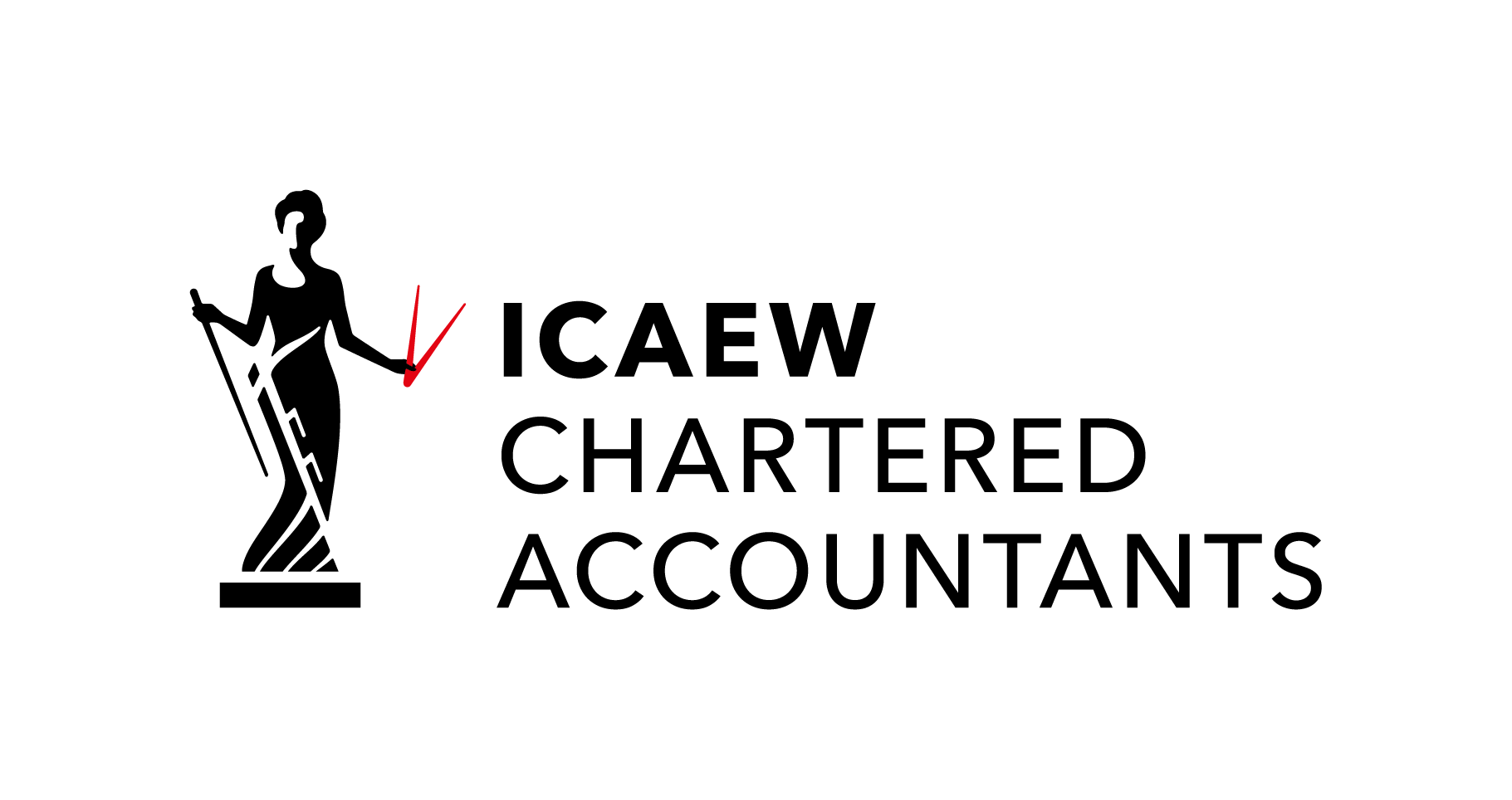Vicky Martin
PROPERTY INVESTOR
Our client not only saved SDLT, but also avoided having to pay it up-front.
Vicky was buying a large residential property to live in as her main residence As she hadn’t yet sold her current property she would be paying an additional 3 per cent (which she will be able to claim back once she has sold her present residence).
However, the new property had a ‘granny annexe’ which opened the way to claiming Multiple Dwellings Relief (‘MDR’). If you’re buying more than one ‘dwelling’ in the same (or a linked) transaction, you can apply this relief to work out the SDLT based on the average price. You have to do the maths, but this usually works out less than the SDLT based on the actual total price. The challenge is whether or not you can apply this to an annexe and the key concept is whether or not it can be classed as a ‘subsidiary dwelling’.
Buying a house with a self-contained annexe will not of itself automatically make you liable to the 3 per cent higher rate SDLT (although in this case the buyer was liable because she still owned another residence). As long as the annexe is a subsidiary dwelling, then you are not treated as buying more than one property. To qualify, the subsidiary dwelling must be within the same building as the main house or within its grounds, and the main dwelling must account for at least two-thirds of the total purchase price.
So far so good, but the annexe must also be capable of being a separate dwelling. This generally means that someone can live in it independently of the residents of the main house including independent access and ‘domestic facilities’. There have been a number of cases on what the term ‘independent access’ means.
In this case, access to the granny annexe was via a shared rear entrance and internal passage. This was arguably independent access anyway, because each part of the house was entered through a door from the internal passageway. However, in this case, the granny annexe also had French windows opening directly into the garden which could also be used as an access.
tax saved - £10,000
We therefore had no hesitation in advising that MDR applied. As Vicky had come to us prior to completion, we were able to provide advice to her solicitors that MDR should be claimed on the SDLT Return, so there was no need to pay the full SDLT (without claiming MRD) and then claim it back. The nine months window for HMRC to raise a compliance review has now passed without any challenge.
On the basis that Vicky can claim back the 3 per cent higher rate SDLT when she sells her previous house, tax saved - £10,000.







